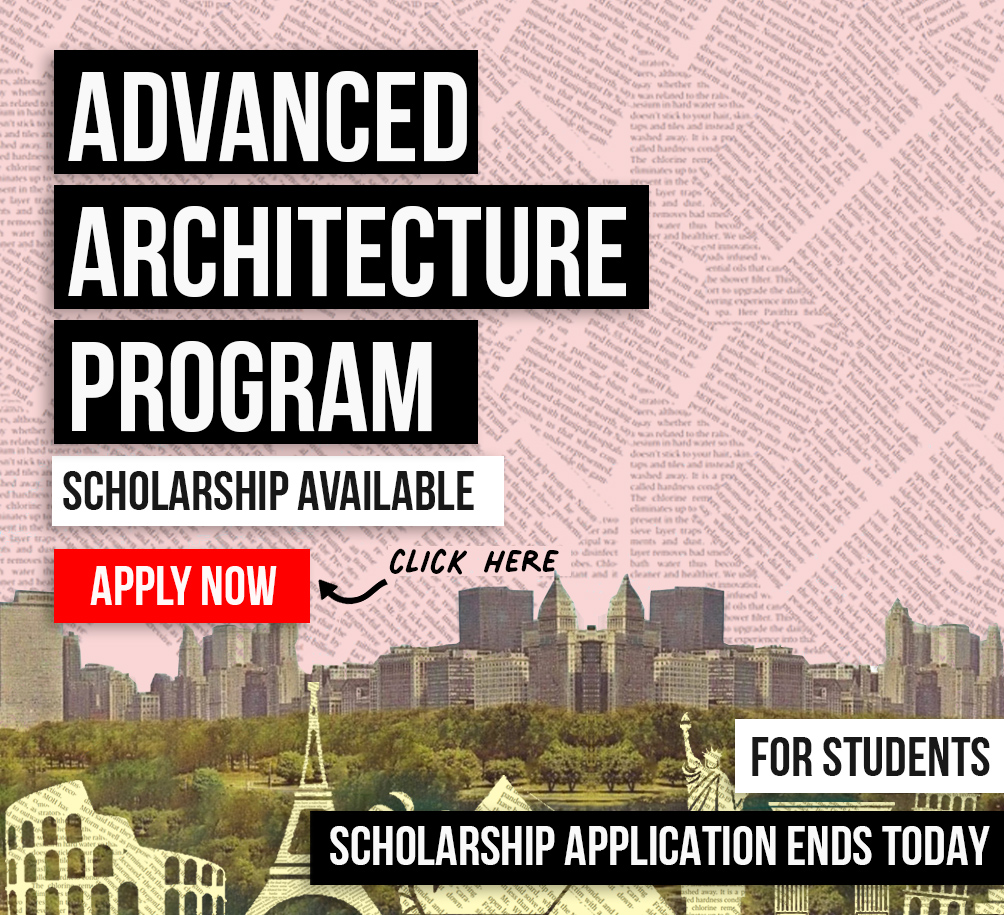With the motto of ‘Har Har Mahadev,’ the Maratha Empire was established by one of the greatest sons of mother India – Chhatrapati Shivaji Maharaj in 1674 with Raigad as the capital city of the kingdom. In the 17th century, this Hindawi Swarajya governed most of India, which only grew to be bigger and stronger by the 18th century, driving away the Mughal and the Portuguese forces. The glorious kingdom ended in 1818 with the defeat of Peshwa Bajirao II from the East India Company. This rule of almost one and a half centuries has rendered heroes like Shivaji Maharaj, Sambhaji, and Peshwas immortal in the Indian history.
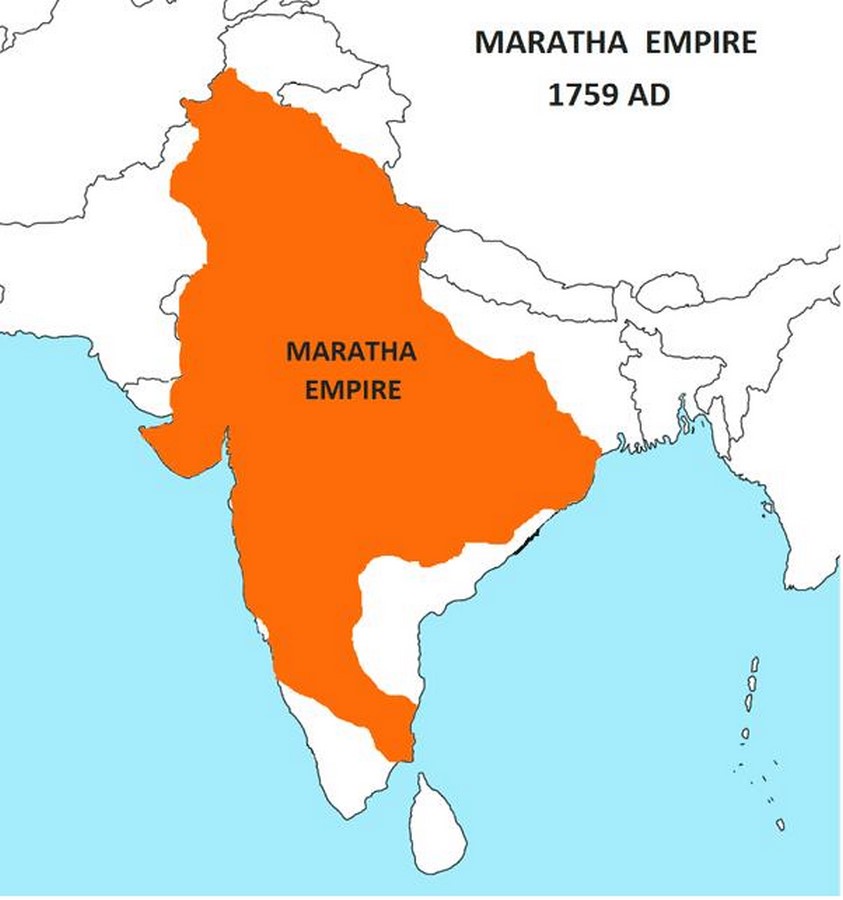
Almost a century later, after the empire’s end, in 1939, the Maratha History Museum was established in Pune to reflect on the bravery and honor of the Marathas. The museum finds its place on the campus of Deccan College, Pune. With the conversion of the College into a postgraduate research institute, the artifacts were shifted here, formerly housed in the Satara Historical Museum. This was done to promote research in Maratha history. The linguistic department of the Deccan College makes room for numerous artifacts having association with the Marathas from the time period of the 18th century – the 19th century. The museum can be accessed by Deccan College Road. It remains open from Monday to Friday and closes on weekends. The timings are from 10:30 A.M. in the morning till 4:30 P.M. in the evening, with a break of 1 hour in between from 1:30 P.M. to 2:30 P.M.
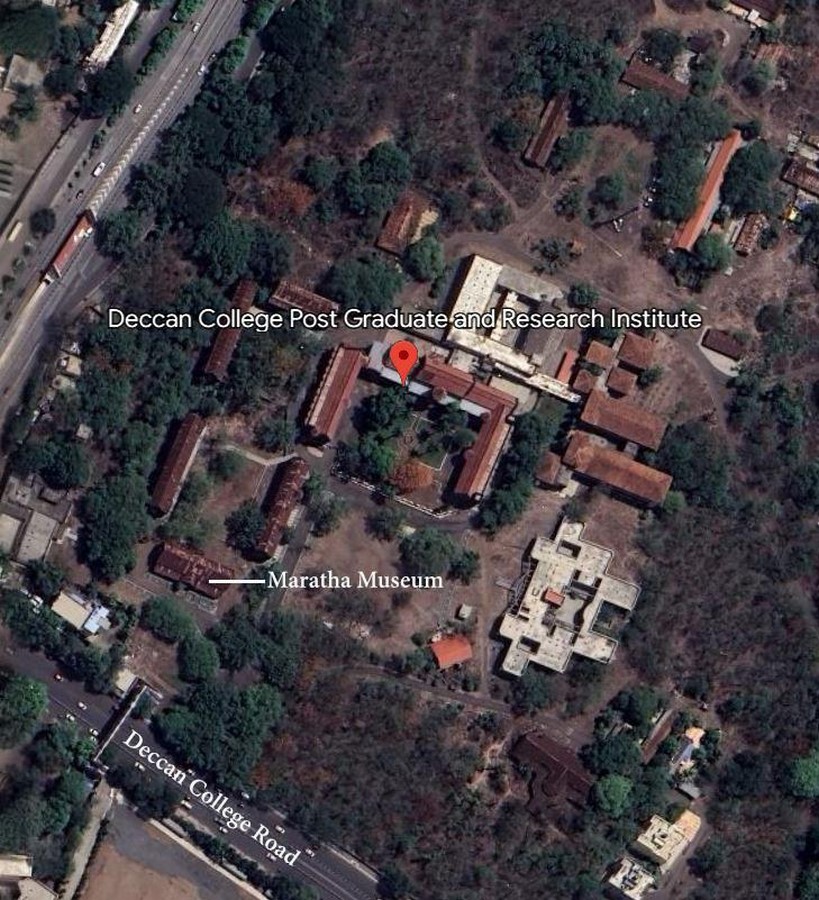
Architecture
Victorian period, Gothic architecture
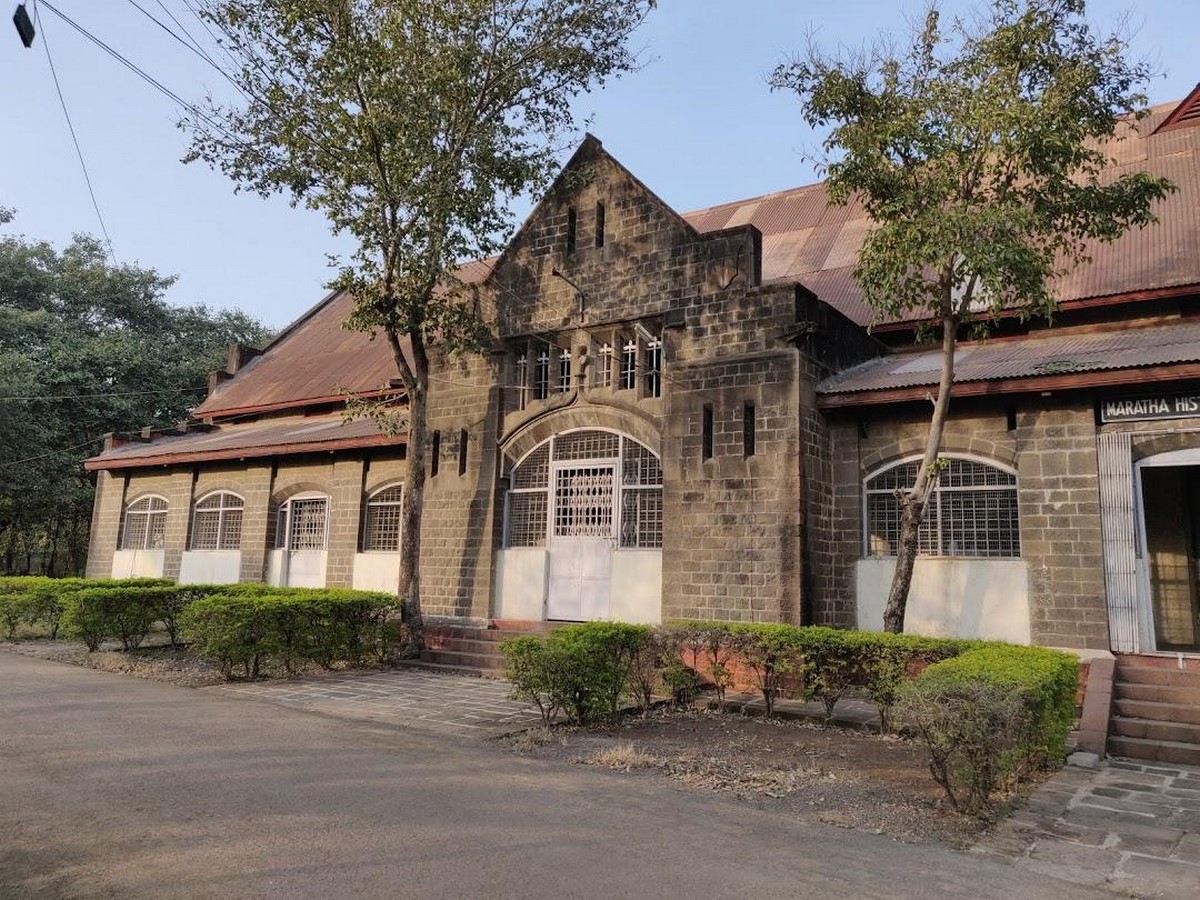
The Maratha History Museum is situated in one of the exquisite Victorian campuses of India. The building is symmetrical and witnesses lush greenery and an open environment on all four sides. It has been inspired by Gothic-style architecture. Pointed arched windows can be seen along with some leaf-like ornamentation which is quite common in Gothic architecture. The superstructure of the museum is made of volcanic basalt stone, which is vernacular to the location. The bold and heavy structure reminds one of the bravery of the Marathas, as if this is how firmly they would have stood on a battlefield. The roofs are pitched based on a truss system and have corrugated iron sheets as their covering. The sense of a light roof makes one feel the love and respect they had for their people and the motherland. The corrugated iron sheets also provide for the overhang of the windows. The brownish and pinkish contrast of the colors gives it a different look. The building is entered via a flight of steps leading to a verandah. This verandah again has some steps which take one to the main galleries. The building is airy and full of daylight as the walls are punctured with numerous windows.
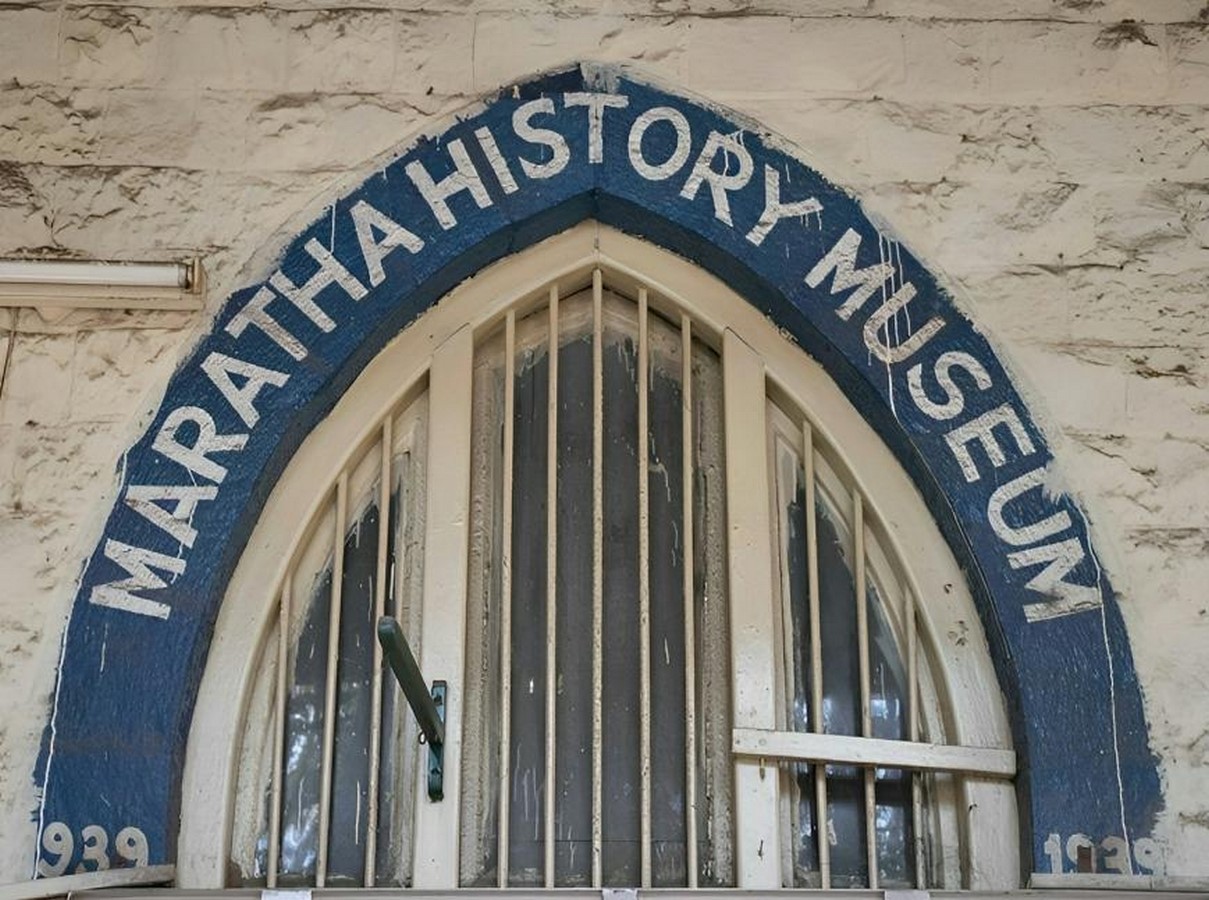
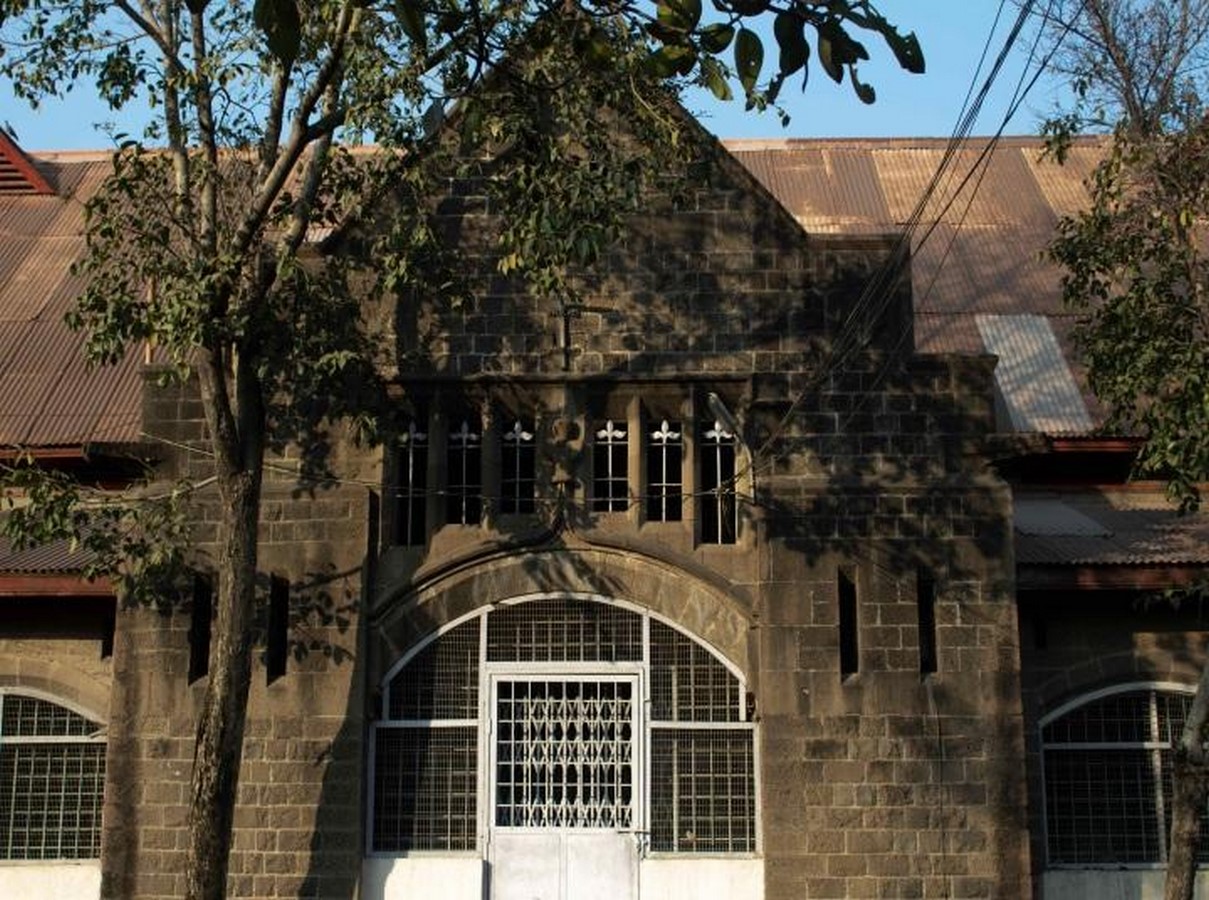
The interiors of the museum are quite simple, lacking any ornamentation. The flooring has been done with stone. Only a diffused natural light enters the gallery through the ventilators placed high on the walls. The artifacts are housed in wooden and glass casings. Bust of Chhatrapati Shivaji Maharaj finds place in the center of the gallery.
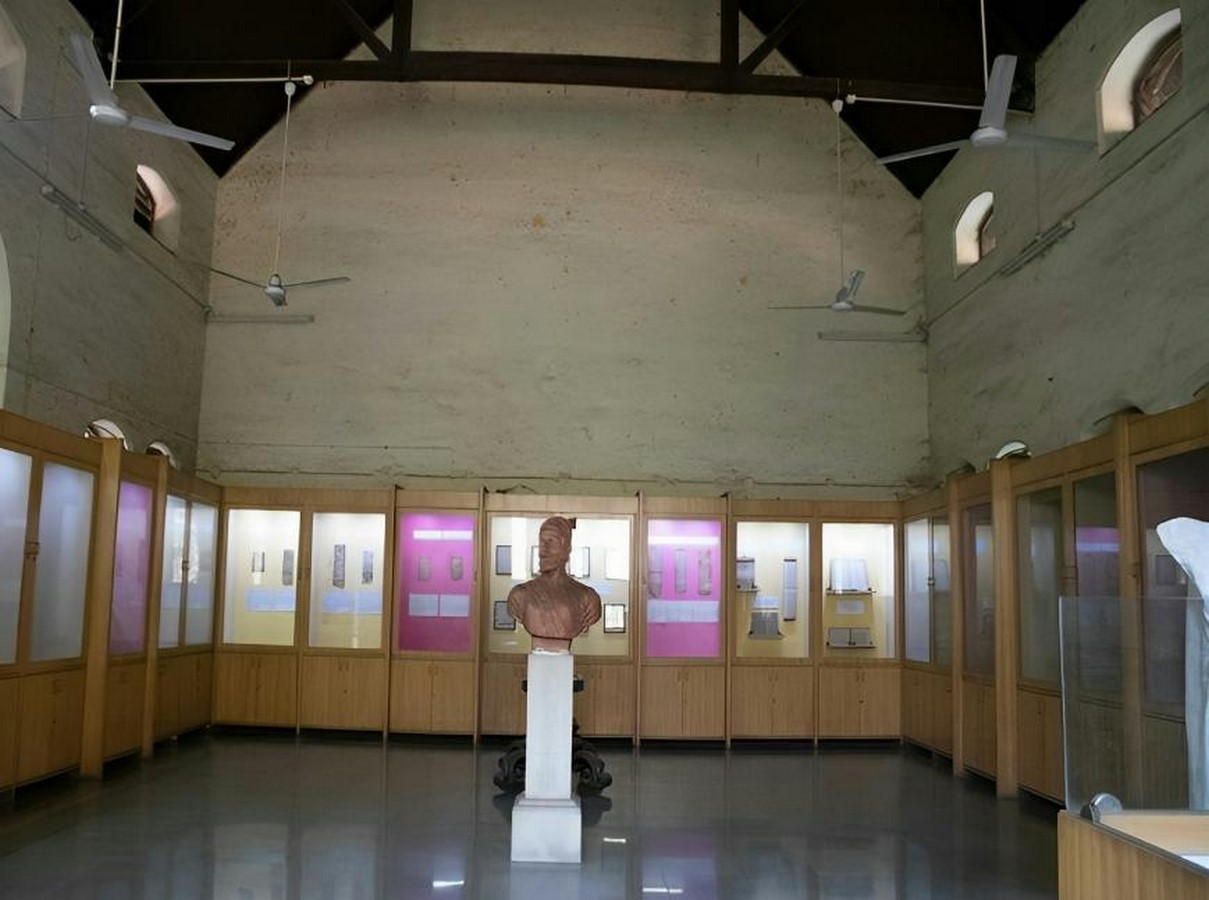
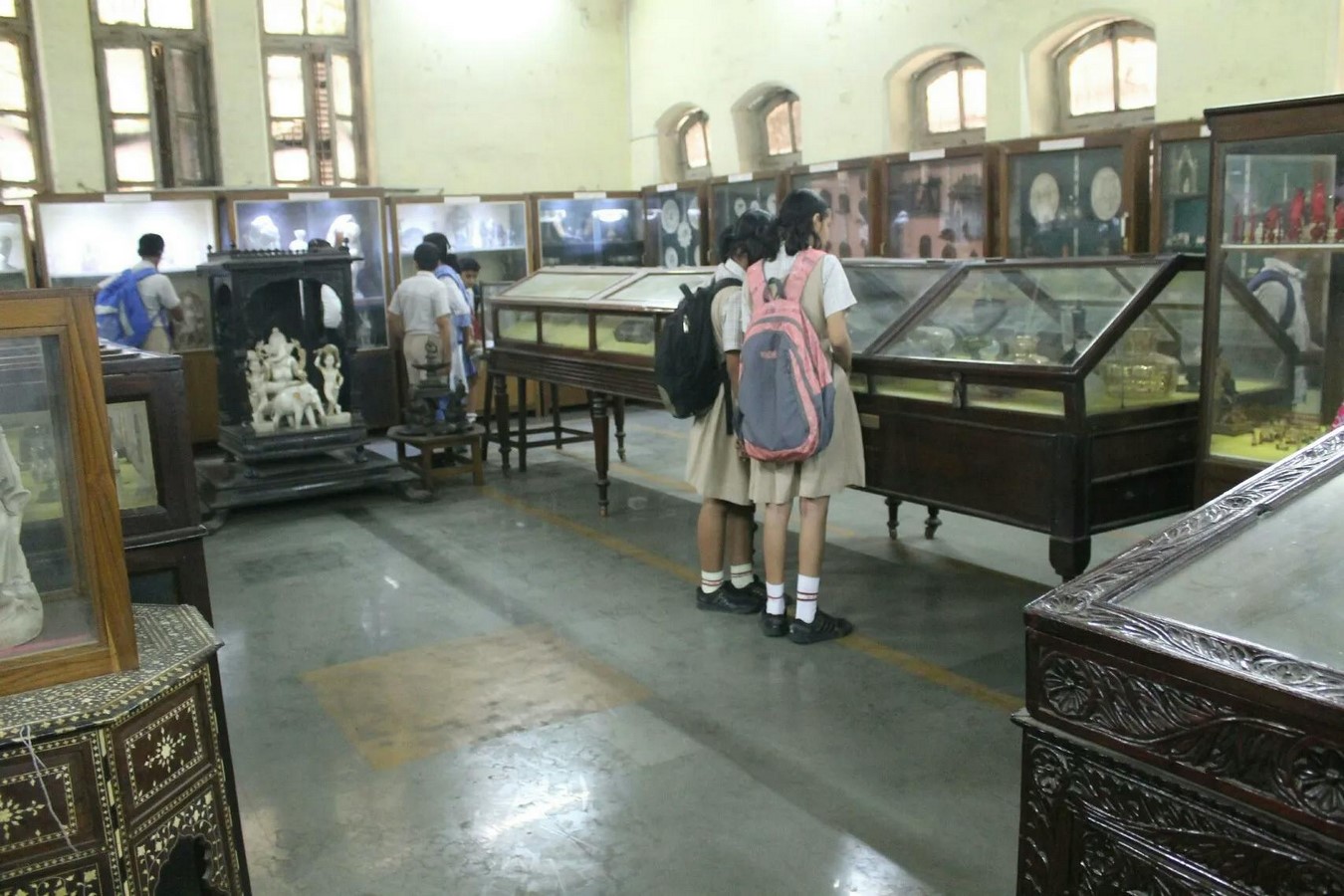
Collection
Archival section, Jamkhandi collection
The museum has three rooms. One is in the center, and two in either direction. These left and right rooms serve as display galleries. These two galleries are – the archival section (owing thanks to the late Rao Bahadur Parasnis of Satara) and the display from the Jamkhandi collection (acknowledged to the 1958 ruler of Jamkhandi, present-day Karnataka).
The archival section contains old maps and plans, microfilms, paintings, books, copper-plate grants, Macartney papers, manuscripts, and cloth bundles of old Marathi documents.
The Jamkhandi section consists of arms and weapons belonging to the Marathas and the British from the 18th and 19th centuries and various unusual objects made of iron, glass, chinaware, sandalwood, etc.
The collection is an important one for art enthusiasts and lovers of Maratha history.

Heritage list
The building could be monotonous, and the interiors might be simple, but the Maratha History Museum contains the colorful history of the Marathas. The two modest galleries have frozen the time of two centuries. The layout of the display in the galleries is also very simple. What makes it inviting is the design of the building and its not-so-contemporary architecture. The architecture itself takes us back to an era that is now only heard of. The building with a history of itself houses another history! It is a living heritage and has architecture worth preserving. The college building has been included in the heritage list prepared by the Pune Municipal Corporation. The building has also received funds from the government body for regular maintenance and repairs. Proposals have also been made to the central and state government for funds for building renovation and the preservation of the artifacts. A conservation project on the college building has also been done by Kimaya, a partnership firm that offers consultancy in the field of conservation, architecture, urban design, interior design, and valuation.
References:
Anon, (n.d.). Deccan college, Pune – a Victorian gothic style structure needs conservation. [online] Available at: http://www.navrangindia.in/2022/02/deccan-college-pune-victorian-gothic.html [Accessed 26 Jul. 2023].
Behance (2012). Conservation at Deccan College, Pune. [online] Behance. Available at: https://www.behance.net/gallery/3810351/Conservation-at-Deccan-College-Pune [Accessed 26 Jul. 2023].
BYJUS. (n.d.). Maratha Empire [1674-1818]: Maratha-Mughal Conflicts | Anglo-Maratha Wars. [online] Available at: https://byjus.com/free-ias-prep/maratha-empire-1674-1818/#:~:text=The%20Maratha%20Empire%20dominated%20a.
map.sahapedia.org. (n.d.). Maratha History Museum. [online] Available at: https://map.sahapedia.org/article/Maratha-History%20Museum/2857 [Accessed 26 Jul. 2023].
www.dcpune.ac.in. (n.d.). Deccan College. [online] Available at: https://www.dcpune.ac.in/Museums.html [Accessed 26 Jul. 2023]











